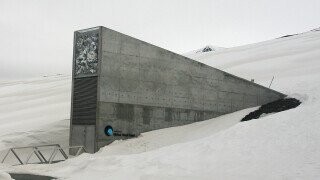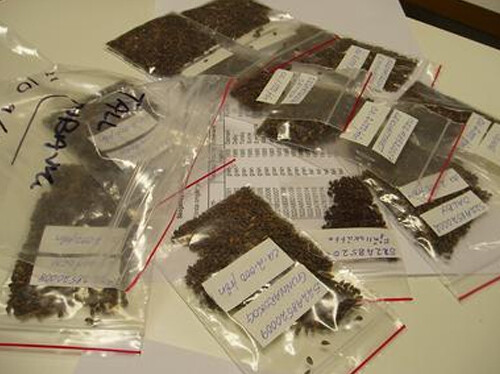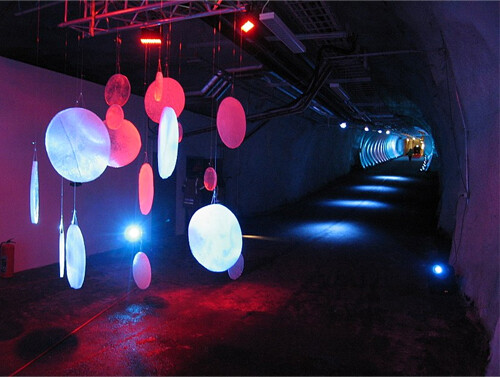Humankind's Most Valuable Vault Is Filled With Seeds, Not Cash

Earth might be due for another extinction, number six, and the loss of vegetation will be unforgiving for all human life. Though there is no guardian angel set to save the scene of calamity, there is one resource that could let us continue to chow down while it happens.
Svalbard is a Norwegian archipelago with quite the surprise twist; it's home to the Global Seed Vault -- a gigantic nearly-hidden cave inside of a mountain.

Don't Miss
The cave is home to over one million different types of seeds from everywhere around the world so that in the event of climate disaster, world staples such as corn, barley, lettuce, eggplant, sorghum, and cowpea will be available to the generation that's inherited all the crap we had coming for it. The below-freezing temperatures and permafrost of this archipelago keep the seeds intact, and it's on track to stay that way for the next 30 years.

The vault holds more seed varieties than anywhere else in the world and has the potential to hold 4.5 million varieties of crops, "each variety containing on average 500 seeds, so a maximum of 2.5 billion seeds may be stored in the vault." At least we know that if the environment goes down, all we'll have to do is plant everything back to life.
The produce section of the grocery store can be a cold experience, all those veggies damp and cooling for hours under plasma lights. It's a little like taking a trip down the seed vault, though you'll be much colder trying to access the world's most important culinary assets -- vegetables, wheat, and rice, to name just a few variations nestled deep in the below-freezing temperatures. Imagine having to bust open a -18 Celsius permafrost-laden door that you have to enter with your bare hand to get to your kale and cilantro, only they're seeds, so patience is of the essence. Hopefully, it's not something you'd deal with ever, but know that you're at least past the -5 Celsius portion of the vault. After all, you'd be on the Earth's northernmost location in the world, halfway between the northern Norwegian coast and the North Pole.


A diverse seed selection from all over the world is what makes the vault a future and past healer. According to Mongabay News, precious seeds had been transported from Syria, and when war broke out, the International Center for Agricultural Research in the Dry Areas, also known as ICARDA, located South of Aleppo, was no longer in use, placing their seeds at risk of extinction. Luckily, "when the facility was abandoned in 2014, more than 80% of its collection was backed up in the Norwegian vault."
Agriculturally, many species of seeds have been in the works for over 13,000 years, thanks to improvements made to them throughout time and people with very green thumbs. The vault holds around 150,000 samples of rice alone, to illustrate just how extensive this collection is. Literal vintage seeds for the trendiest thrift shopper.
For more of Oona’s sarcasm and attempted wit, visit her website oonaoffthecuff.com.
Top Image: Miksu/Wiki Commons